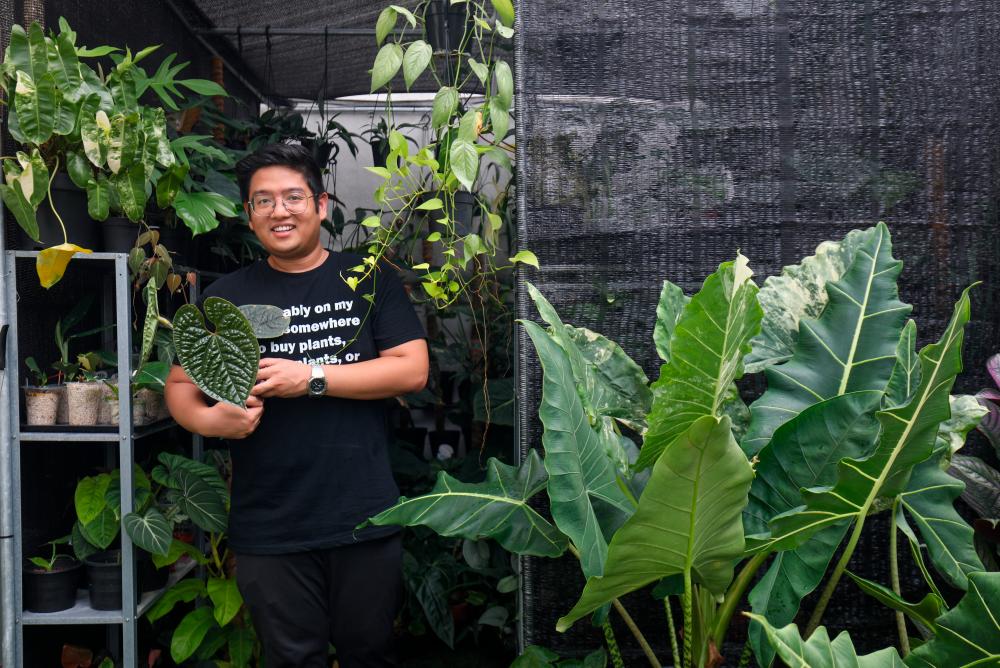AS Malaysians were forced indoors due to the pandemic last year, many found themselves in a weird spot, where boredom and the cancellation of outdoor hobbies intersected.
Almost immediately, this group of people began turning towards the activity of indoor planting. For some, attention was directed toward flowering plants, others at the easier to manage succulent plants, and for a growing number of people, Aroid plants.
The Aroid family of plants are huge, with distinct looks for each variety and species, and these rare plants are fervently sought out, largely due to the rarity of higher end species.
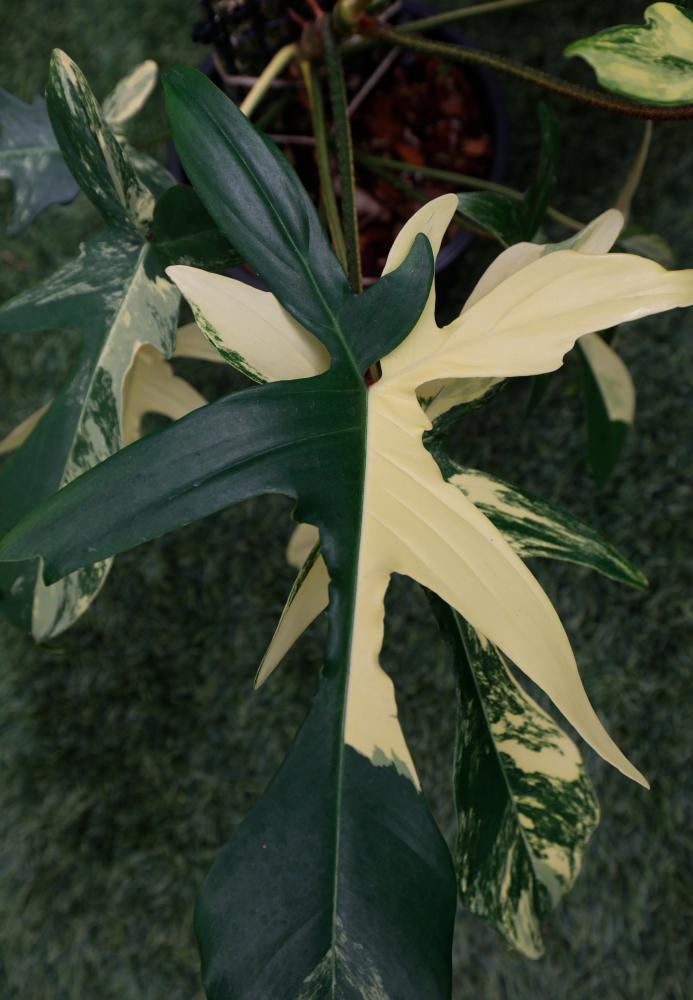
Speaking to Khairil Izzuan, an Aroid aficionado at the forefront of the growing Aroid community in Malaysia, theSun was exposed to just how unique the plants are and also how easily rare plant collectors are willing to part with their money in order to secure the harder to propagate Aroids.
“The Monstera Thai Constellation that I started with is considered one of the easiest rare plants to keep for beginners,” said Khairil, whose hobby began a month before the pandemic took hold.
Currently, Khairil – also the COO of Smart Digital International Sdn Bhd – has collected, grown and propagated well over a hundred Aroids.
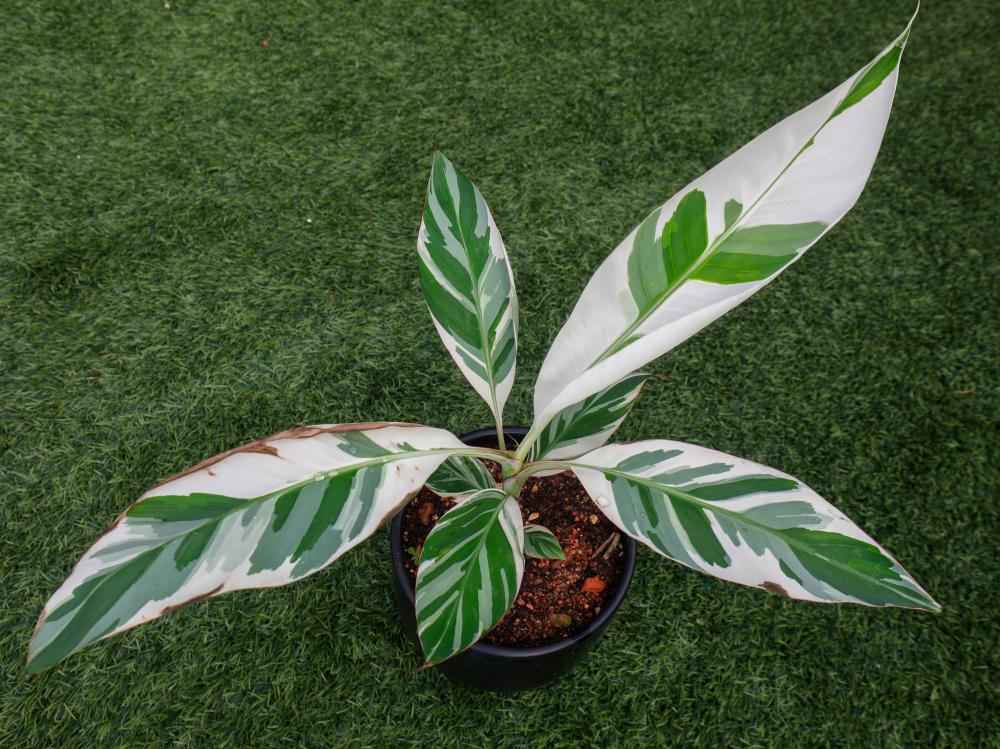
Khairil explained he never tried his hand at growing plants, but was always fascinated by flora and fauna.
“Before I was into planting, I was into exotic animals. I guess the hobby was always there, being close to nature,” he explained, noting that he still has a turtle room, and once had snakes, scorpions, tarantulas, lizards and geckos.
“Look at my plant collection now, and just imagine if its animals instead. Once I start a hobby, I will go all out.”
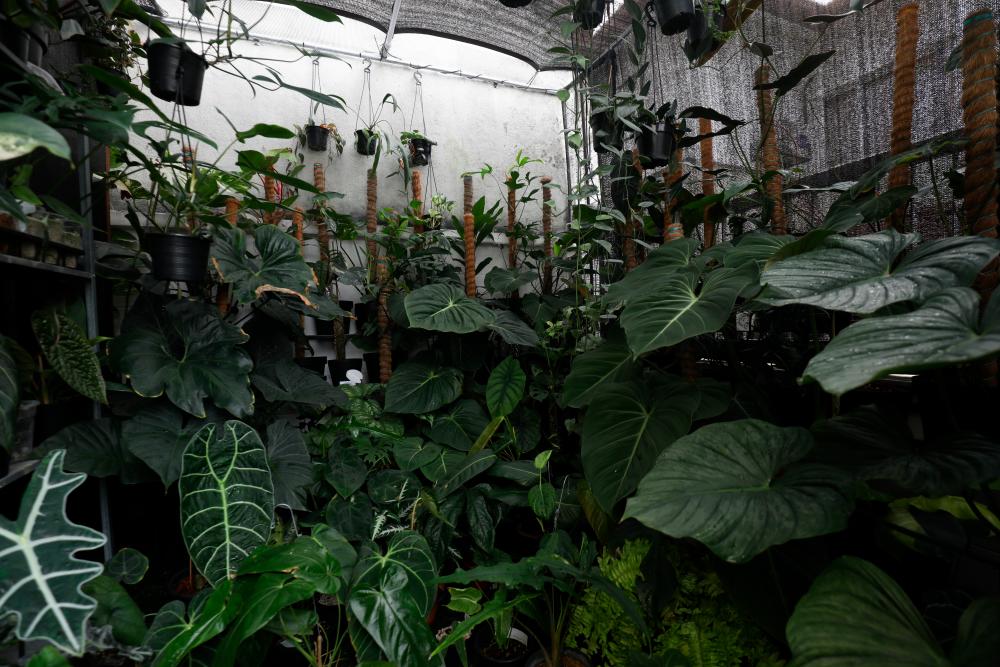
Mad for leaves
Due to how expensive some Aroids can be to obtain, Khairil was questioned about the learning curve in propagating Aroids, as there seems to be little room for error.
The enthusiast explained that this is a given for plants in general, and is widely accepted as part of the challenge for plant parents all over the world.
“Once they notice that a plant is having problems, they will straight away do something about it. Like maybe cutting it and moving it into several pots, as a sort of insurance.”
Though the Aroids come in different shapes and prices, Khairil explains that the plants also act as an investment, in a way.
The risk that comes with Aroids, Khairil notes, is part of the learning curve and trains plant parents to adapt quickly so as to not lose their precious plants.
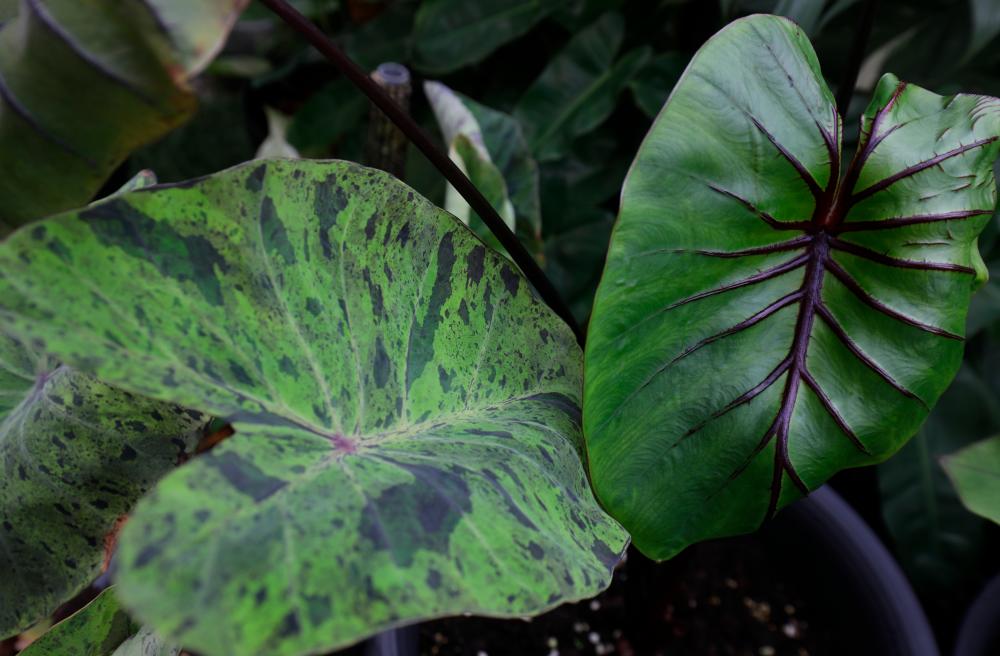
Communal and personal interest
Two years after beginning his hobby, Khairil sees no sign of stopping. The same goes for the Malaysian community at large when it comes to the rare plant.
The community largely follows trends in which particular Aroid is currently “the one to get”, which tends to sway people. Two or three months down the road, something else might appear and the community will shift to that new species.
For Khairil, the most compelling reason for keeping Aroids, especially a lot of them, is seeing the new leaves unfurl and the patterns that might come, especially if something called “variegation” occurs; this is a form of mutation where Aroids might grow to have unique patterns or colours.
“What new leaves I get, how I get to propagate them later to make more plants, along with swapping and sharing knowledge especially through my Instagram account at @rareplants.my with other plant parents – these dictate my love for Aroids,” he said, further adding that making new friends in the community is an added plus.
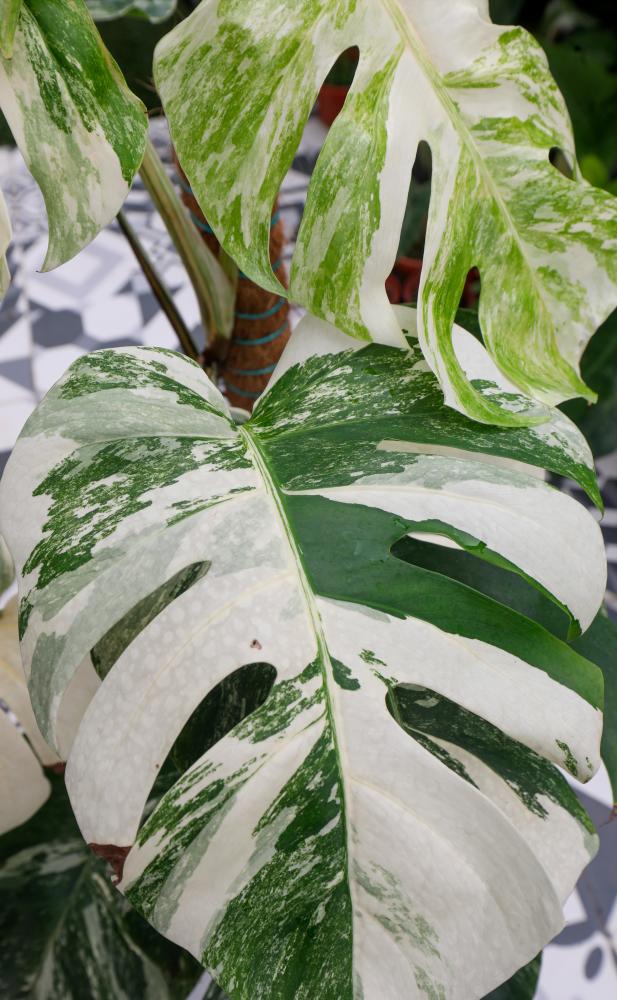
Not quite the end
Naturally welcoming, Khairil looks forward to the Aroid community growing within the country, and imparted a little knowledge for beginners.
“I would say start with an easier Aroid, and move up to more harder ones. If you really like it, go immediately for an expensive one. Then you’ll have an adrenaline rush if a plant has problems, and you’ll feel like you need to do something about it,” he said.
Khairil added that the latter is a high risk, higher yield route.
“For me, someone will learn faster if they go immediately for an expensive one rather than a cheaper plant.”
On the future of Aroid enthusiasts in Malaysia and his own trajectory with rare plants, Khairil claims it shows no sign of stopping.
“If let’s say the hobby dies off, say in the next ten years, I will still continue having them. It’s the thrill of growing, and also, being a part of the community.
“Even now, I would say there are new Aroid plant parents every day in Malaysia.”



